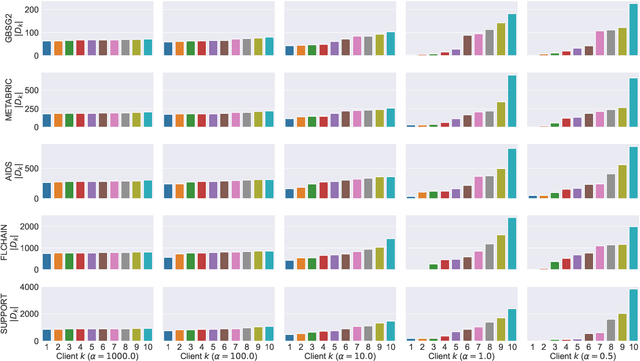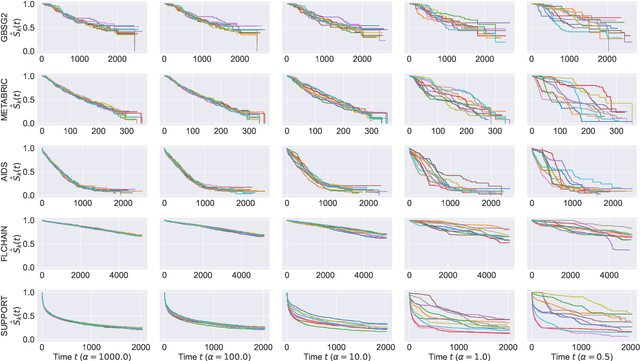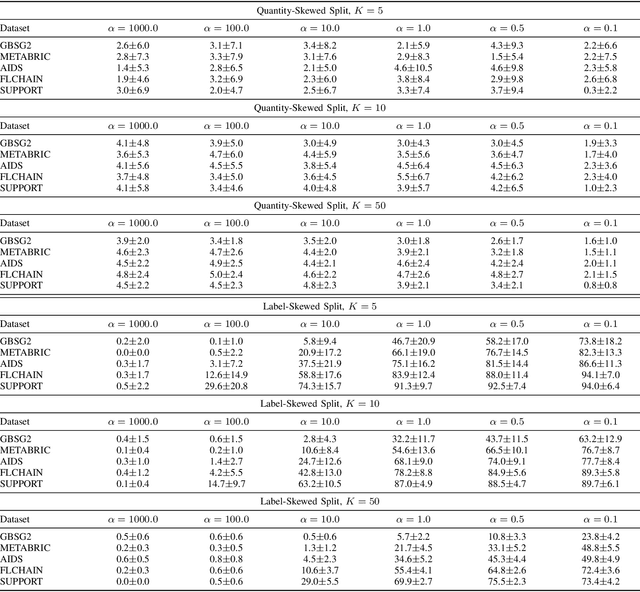Francesco Lattari
A Deep-Learning Technique to Locate Cryptographic Operations in Side-Channel Traces
Feb 29, 2024Abstract:Side-channel attacks allow extracting secret information from the execution of cryptographic primitives by correlating the partially known computed data and the measured side-channel signal. However, to set up a successful side-channel attack, the attacker has to perform i) the challenging task of locating the time instant in which the target cryptographic primitive is executed inside a side-channel trace and then ii)the time-alignment of the measured data on that time instant. This paper presents a novel deep-learning technique to locate the time instant in which the target computed cryptographic operations are executed in the side-channel trace. In contrast to state-of-the-art solutions, the proposed methodology works even in the presence of trace deformations obtained through random delay insertion techniques. We validated our proposal through a successful attack against a variety of unprotected and protected cryptographic primitives that have been executed on an FPGA-implemented system-on-chip featuring a RISC-V CPU.
Heterogeneous Datasets for Federated Survival Analysis Simulation
Jan 28, 2023



Abstract:Survival analysis studies time-modeling techniques for an event of interest occurring for a population. Survival analysis found widespread applications in healthcare, engineering, and social sciences. However, the data needed to train survival models are often distributed, incomplete, censored, and confidential. In this context, federated learning can be exploited to tremendously improve the quality of the models trained on distributed data while preserving user privacy. However, federated survival analysis is still in its early development, and there is no common benchmarking dataset to test federated survival models. This work proposes a novel technique for constructing realistic heterogeneous datasets by starting from existing non-federated datasets in a reproducible way. Specifically, we provide two novel dataset-splitting algorithms based on the Dirichlet distribution to assign each data sample to a carefully chosen client: quantity-skewed splitting and label-skewed splitting. Furthermore, these algorithms allow for obtaining different levels of heterogeneity by changing a single hyperparameter. Finally, numerical experiments provide a quantitative evaluation of the heterogeneity level using log-rank tests and a qualitative analysis of the generated splits. The implementation of the proposed methods is publicly available in favor of reproducibility and to encourage common practices to simulate federated environments for survival analysis.
ReConvNet: Video Object Segmentation with Spatio-Temporal Features Modulation
Jun 18, 2018

Abstract:We introduce ReConvNet, a recurrent convolutional architecture for semi-supervised video object segmentation that is able to fast adapt its features to focus on any specific object of interest at inference time. Generalization to new objects never observed during training is known to be a hard task for supervised approaches that would need to be retrained. To tackle this problem, we propose a more efficient solution that learns spatio-temporal features self-adapting to the object of interest via conditional affine transformations. This approach is simple, can be trained end-to-end and does not necessarily require extra training steps at inference time. Our method shows competitive results on DAVIS2016 with respect to state-of-the art approaches that use online fine-tuning, and outperforms them on DAVIS2017. ReConvNet shows also promising results on the DAVIS-Challenge 2018 winning the $10$-th position.
 Add to Chrome
Add to Chrome Add to Firefox
Add to Firefox Add to Edge
Add to Edge